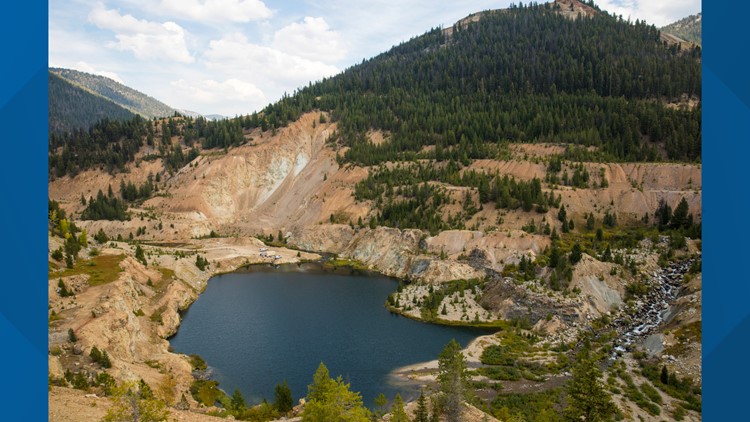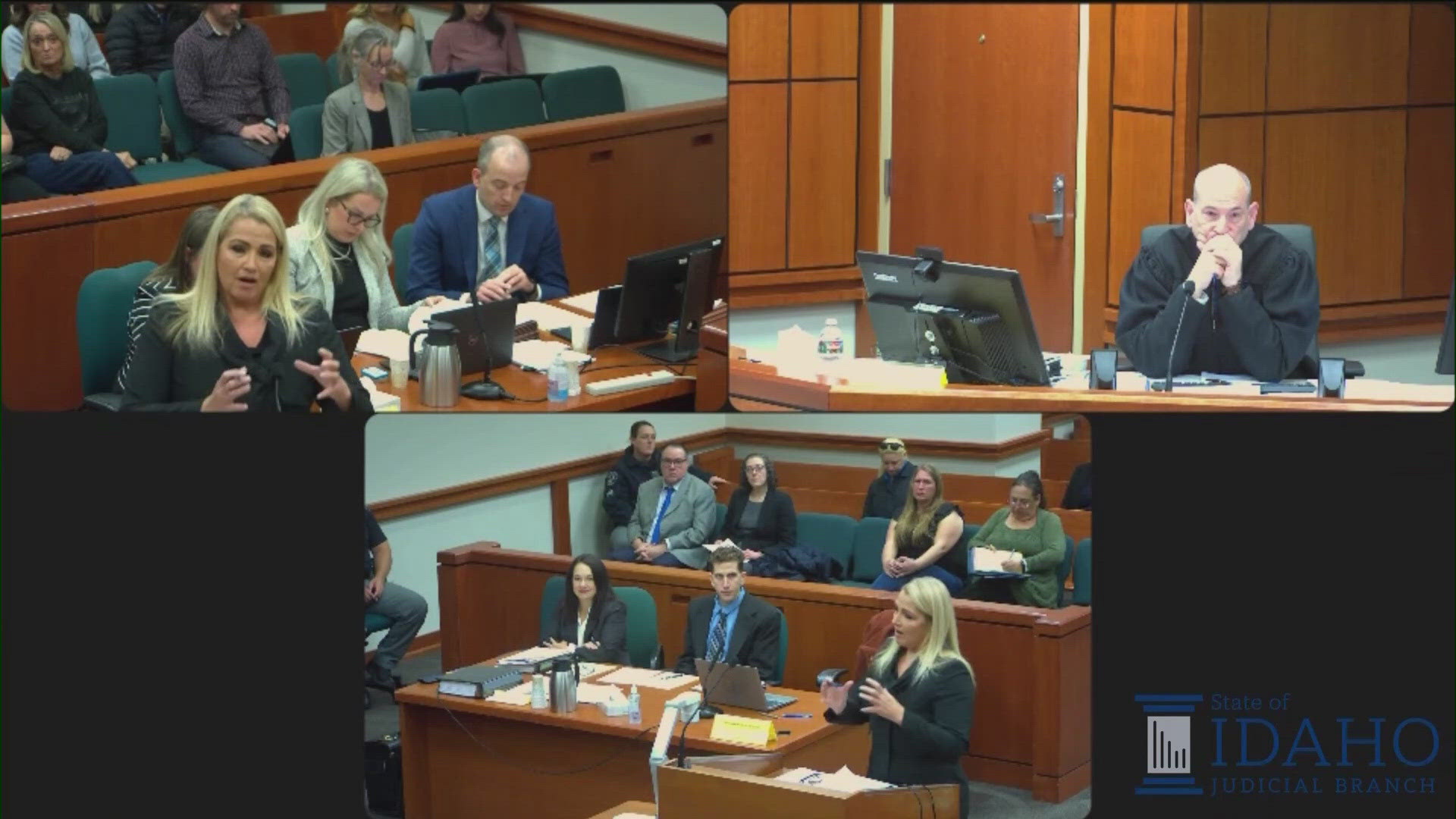BOISE, Idaho — Lawmakers who oversee appropriations for the U.S. Forest Service on Monday sent a letter requesting the agency revoke its decision allowing a Canadian company to write a key environmental report on proposed open-pit gold mines in central Idaho.
Democratic U.S. Rep. Betty McCollum of Minnesota chairs the House Appropriations Subcommittee. She, the vice-chair of the committee and four other House Democrats want all records leading to the Forest Service giving British Columbia-based Midas Gold authority to write the document.
The Associated Press in December reported that internal documents obtained by conservation group Earthworks showed that the Forest Service in February 2018 decided to deny Midas Gold's request to participate as what is called a non-federal representative in writing the assessment.
The Forest Service said they didn't want Midas Gold helping to write the document because the massive project would likely harm protected fish.
But by October 2018 — and after the Trump officials became involved — Midas Gold was not only a participant, it had taken over leading the process and writing the document.
The document, called a biological assessment, or BA, deals with the potential effect the open-pit mines would have on salmon, steelhead and bull trout protected under the Endangered Species Act.
"Allowing a mining company to author its own BA on its project's potential impacts to ESA-listed species creates potential conflicts of interest and undermines public confidence in the permitting process," McCollum, who chairs the subcommittee, and the other lawmakers wrote.
The biological assessment would typically be written by the Forest Service or an independent contractor. The report could sink Midas Gold's Stibnite Gold Project if it results in habitat restoration work that makes the mines economically unfeasible.
The lawmakers in the letter to Forest Service Chief Vicki Christiansen also want the agency to provide to Congress a list of all proposed hard rock mines where a company sought or received non-federal representative status and the ability to participate in writing such documents.
Babete Anderson, spokeswoman for the Forest Service, didn't immediately return a call from the AP. The Forest Service at the local level typically responds to congressional inquiries within 10 days.
"The letter is inaccurate and misleading," said Laurel Sayer, CEO of Midas Gold Idaho. "Midas Gold's non-federal representative status is not new or unusual and ultimately has already and will continue to increase collaboration."
The draft environmental impact statement for Midas Gold's proposed mining project is due out this month and will outline possible scenarios for mining. That draft will incorporate aspects of the biological assessment. A final document is expected next year.
Midas Gold says the Stibnite Mining District contains more than 4 million ounces (113 million grams) of gold and more than 100 million pounds of antimony. Antimony is used in lead for storage batteries as well as a flame retardant. The U.S. lists antimony as one of 35 mineral commodities critical to the economic and national security of the country. Midas Gold says the mines will directly create an average of 500 jobs for up to 25 years.
Mining in the area about 40 miles east of McCall dates back more than a century and has resulted in two open pits, including one that has been blocking a salmon spawning stream since the 1930s. The site also has extensive tailings left from mining operations that are the source of elevated levels of arsenic.
Previous mining companies walked away, leaving the cleanup to U.S. taxpayers. The U.S. Environmental Protection Agency has spent about $4 million since the 1990s restoring habitat.
Midas Gold plans additional mining in the two open pits and to create a third open pit. The work would roughly double the size of the disturbed mining area to about 2,000 acres and eliminate some previous reclamation work.
But Midas Gold's plan includes cleaning up tailings by capturing gold with new technologies. Ultimately, the company says, it will restore much of the area when mining is finished.



